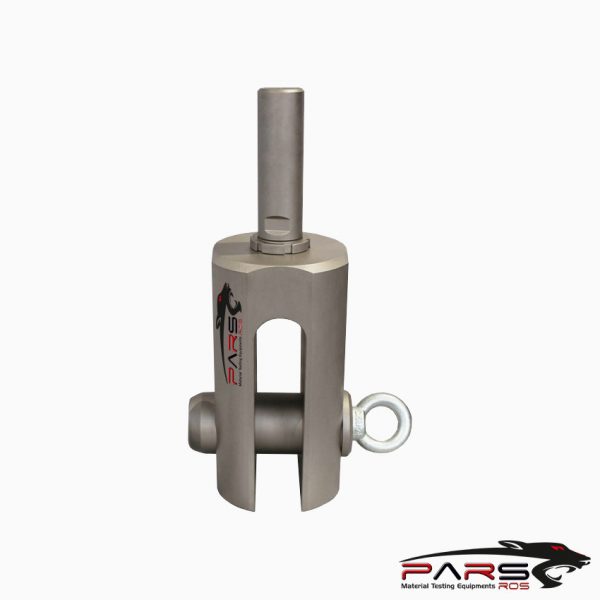
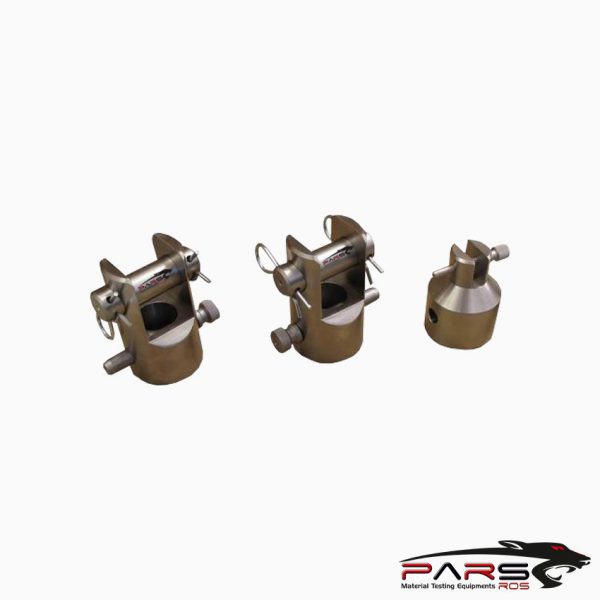
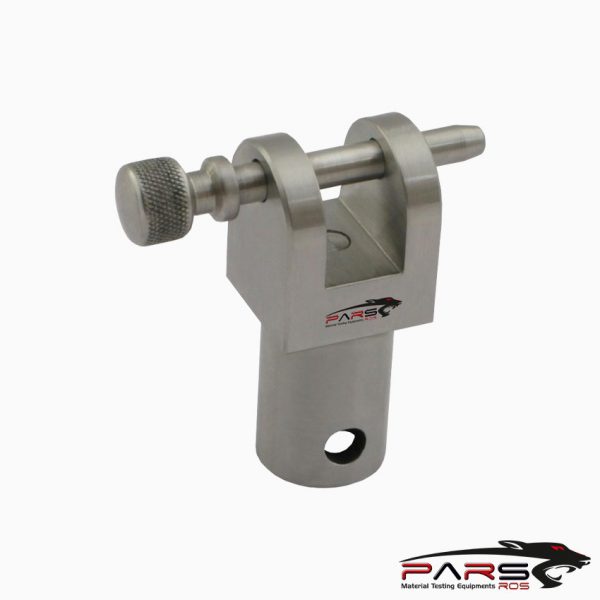
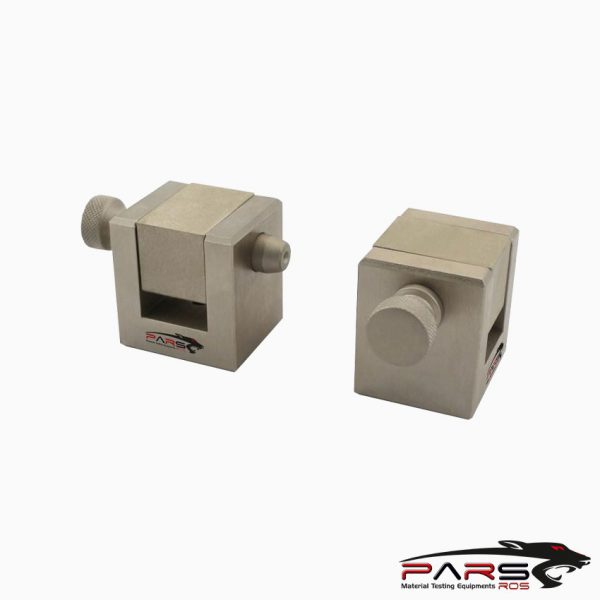
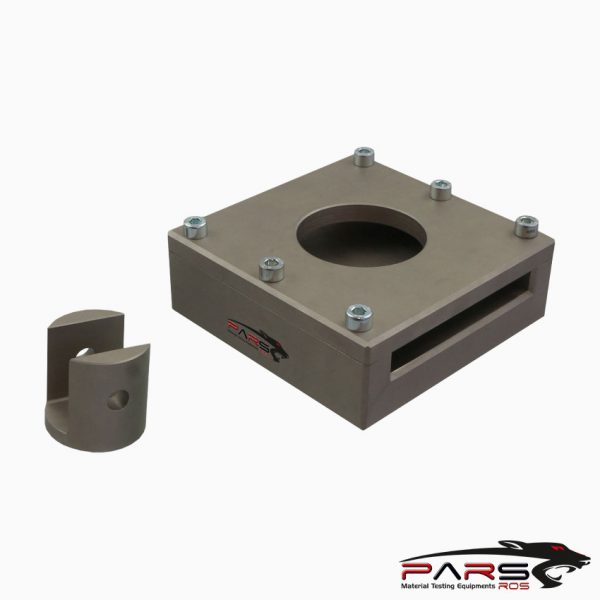
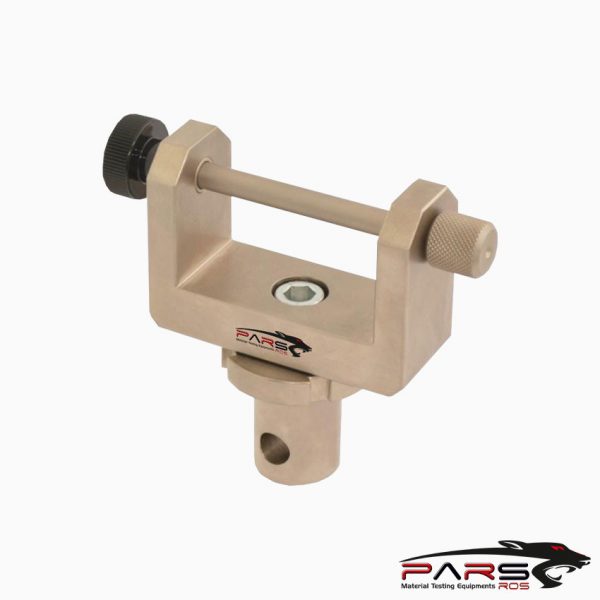
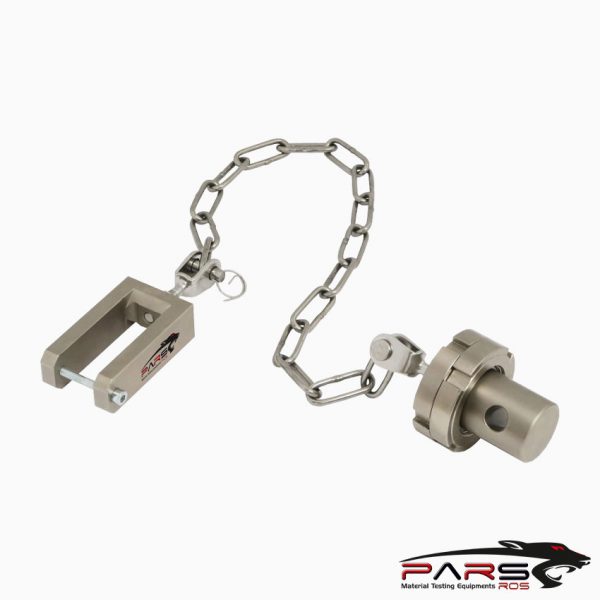
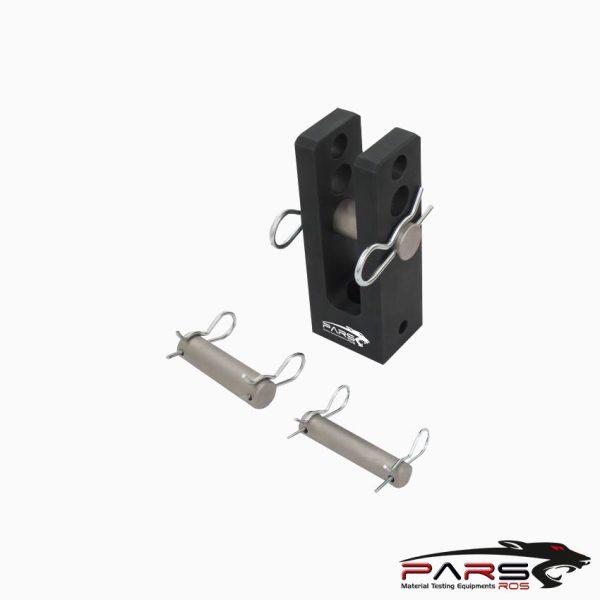
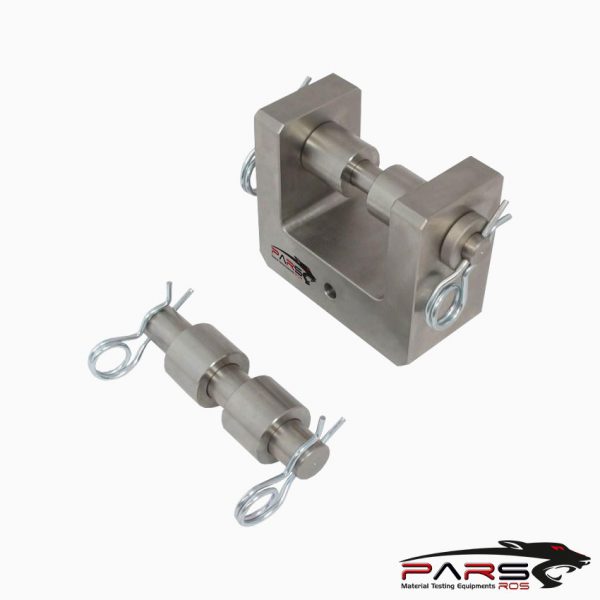
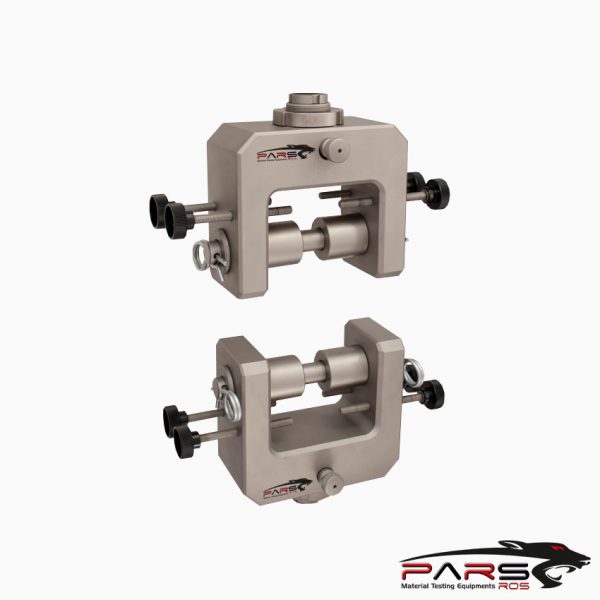
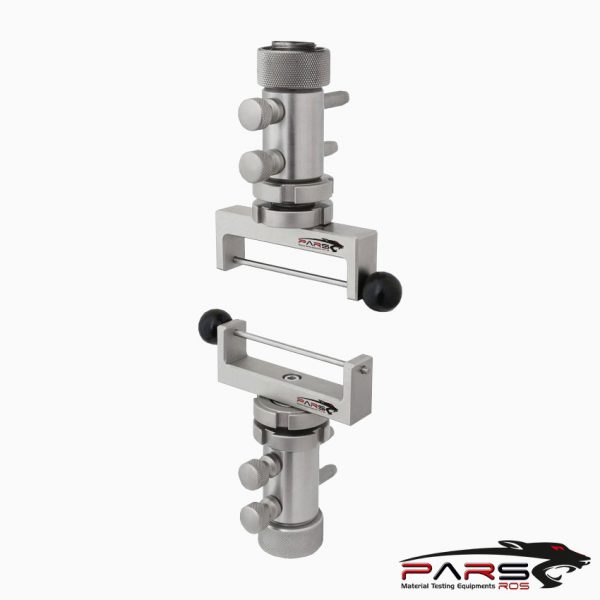
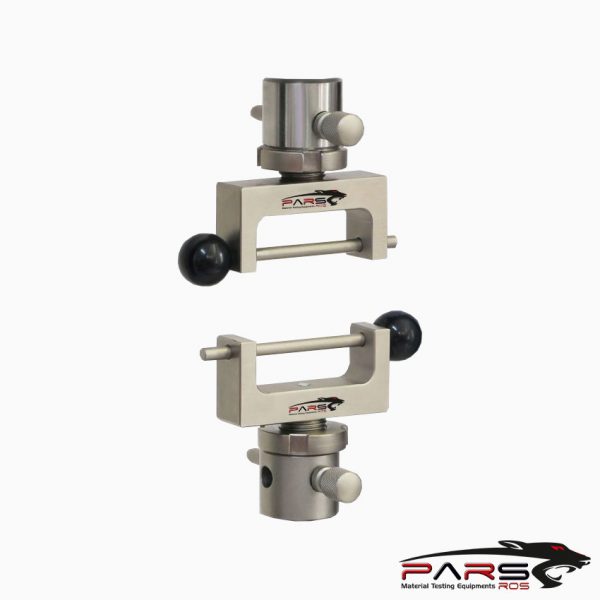
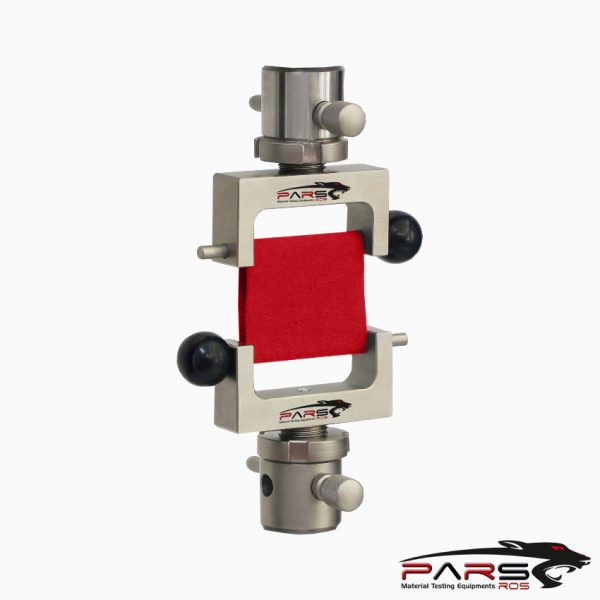
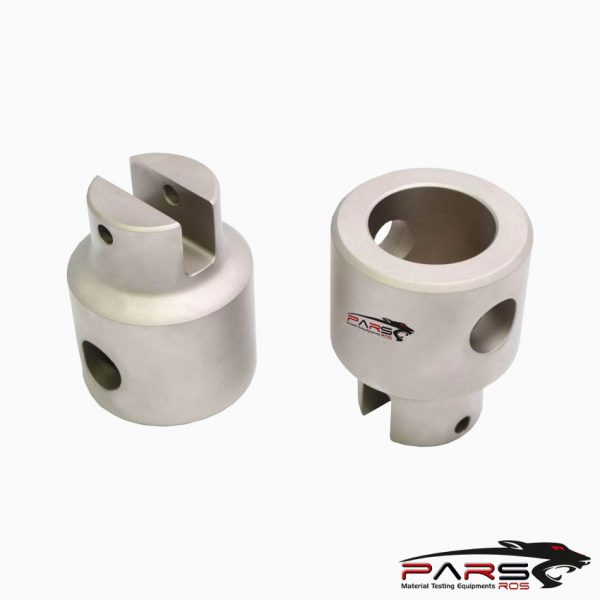
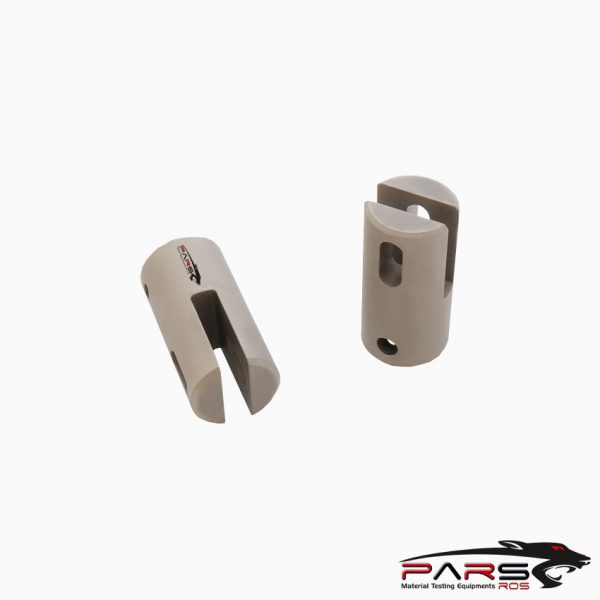
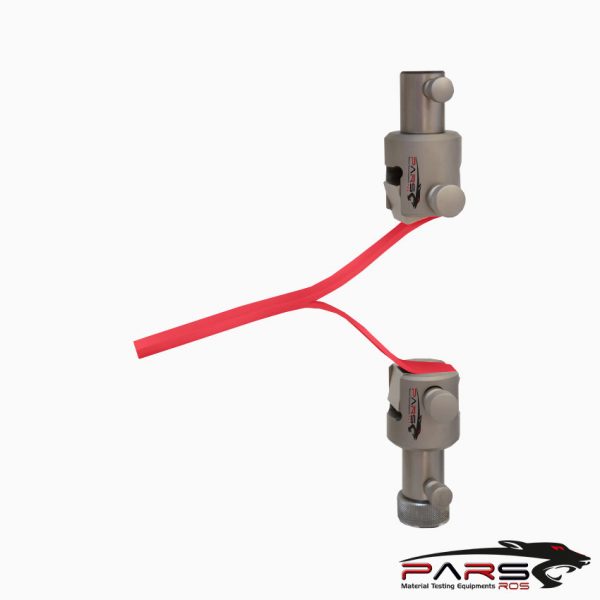
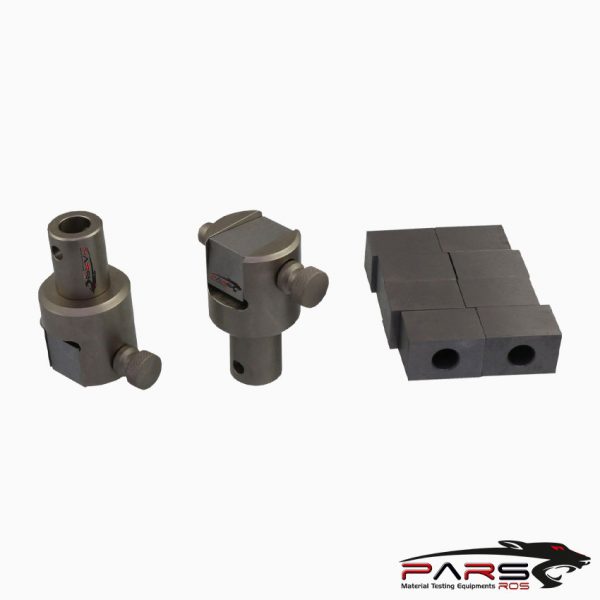
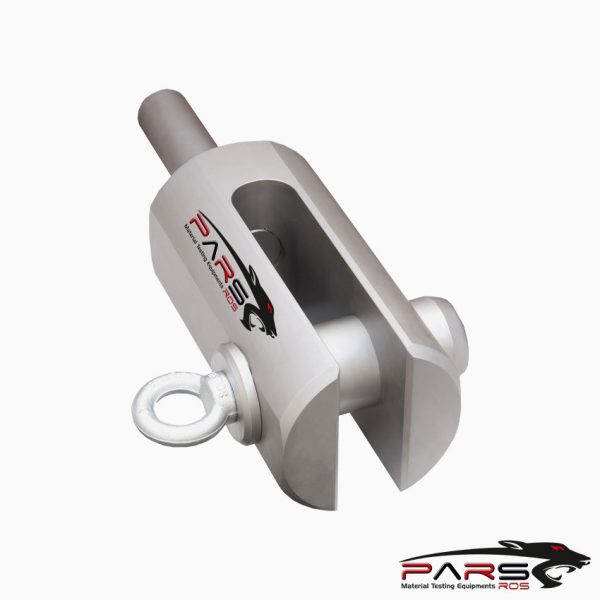




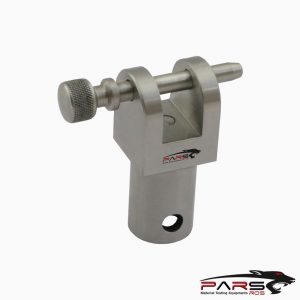
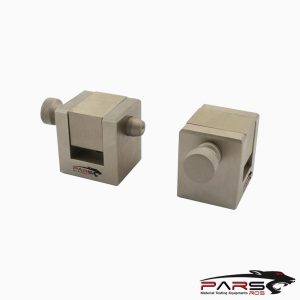
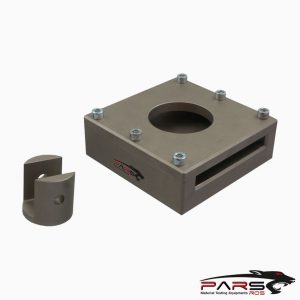
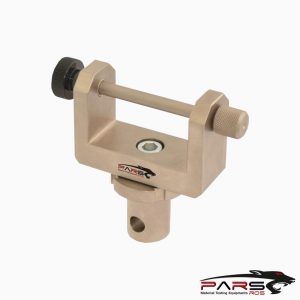
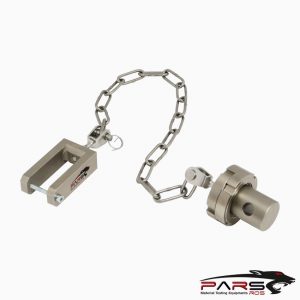
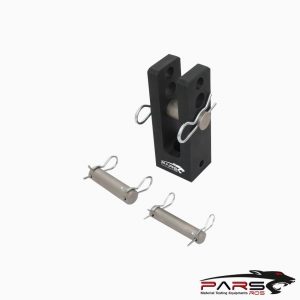
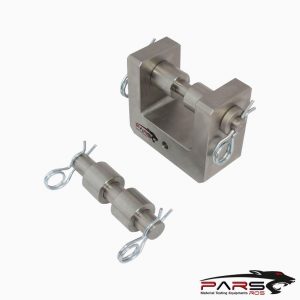
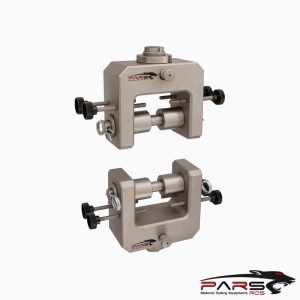
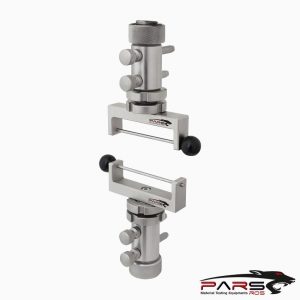
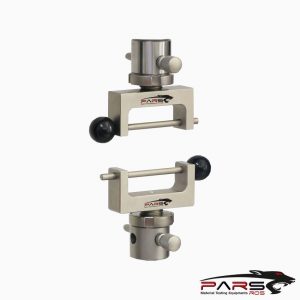
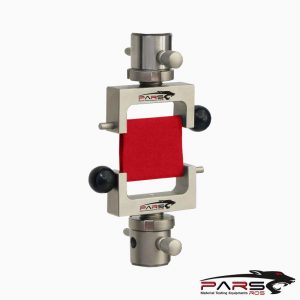
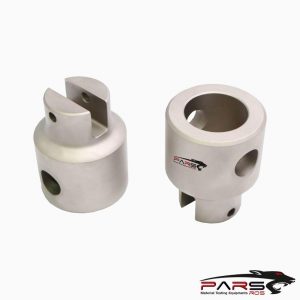
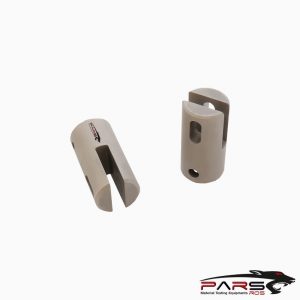
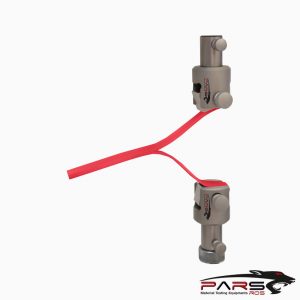
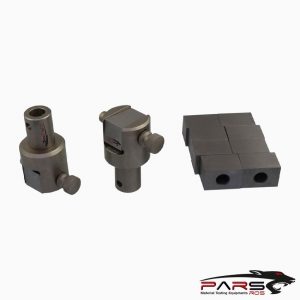
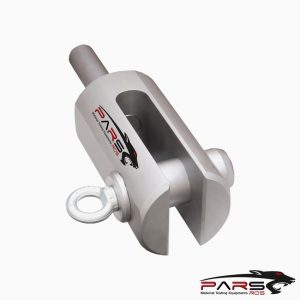
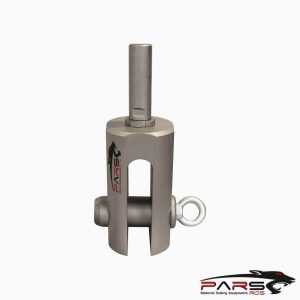
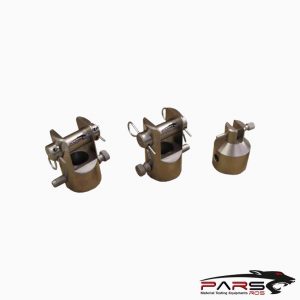
ASTM E399 – Standard Test Method for Linear-Elastic Plane-Strain Fracture Toughness of Metallic Materials
ASTM E399 – Linear-Elastic Plane-Strain Fracture Toughness of Metallic Materials
ASTM E399 -This test method covers the determination of fracture toughness (KIc and optionally KIsi) of metallic materials under predominantly linear-elastic,
Please Contact With Us For More Information
- Description
- Reviews (0)
- TECHNICAL SPECIFICATIONS
Description
Description
ASTM E399 – Standard Test Method for Linear-Elastic Plane-Strain Fracture Toughness of Metallic Materials
ASTM E399 – Linear-Elastic Plane-Strain Fracture Toughness of Metallic Materials
ASTM E399 -This test method covers the determination of fracture toughness (KIc and optionally KIsi) of metallic materials under predominantly linear-elastic,
plane-strain conditions using fatigue precracked specimens having a thickness of 1.6 mm (0.063 in.) or greater2 subjected to slowly, or in special (elective)
cases rapidly, increasing crack-displacement force.
Details of test apparatus, specimen configuration, and experimental procedure are given in the annexes.
*** Two procedures are outlined for using the experimental data to calculate fracture toughness values:
The KIc test procedure is described in the main body of this test standard and is a mandatory part of the testing and results reporting procedure for this test method.
The KIc test procedure is based on crack growth of up to 2 % percent of the specimen width.
This can lead to a specimen size dependent rising fracture toughness resistance curve, with larger specimens producing higher fracture toughness results.
The KIsi test procedure is described in Appendix X1 and is an optional part of this test method.
The KIsi test procedure is based on a fixed amount of crack extension of 0.5 mm, and as a result, KIsi is less sensitive to specimen size than KIc.
This less size-sensitive fracture toughness, KIsi, is called size-insensitive throughout this test method.
Appendix X1 contains an optional procedure for reinterpreting the force-displacement test record recorded as part of this test method to calculate
the additional fracture toughness value, KIsi.
*** Before conducting ASTM E399 , it is important to read the entire specification in the relevant ASTM publication.
*** PARSROS offers several types of grips and fixtures which will enable you to perform a variety of tests that are
accurate and repeatable.
Referenced Documents
ASTM Standards
ASTM B645 Practice for Linear-Elastic Plane-Strain Fracture Toughness Testing of Aluminum Alloys
ASTM B909 Guide for Plane Strain Fracture Toughness Testing of Non-Stress Relieved Aluminum Products
ASTM E4 Practices for Force Verification of Testing Machines
ASTM E8/E8M Test Methods for Tension Testing of Metallic Materials
ASTM E177 Practice for Use of the Terms Precision and Bias in ASTM Test Methods
ASTM E337 Test Method for Measuring Humidity with a Psychrometer (the Measurement of Wet- and Dry-Bulb Temperatures)
ASTM E456 Terminology Relating to Quality and Statistics
ASTM E647 Test Method for Measurement of Fatigue Crack Growth Rates
ASTM E691 Practice for Conducting an Interlaboratory Study to Determine the Precision of a Test Method
ASTM E1820 Test Method for Measurement of Fracture Toughness
ASTM E1823 Terminology Relating to Fatigue and Fracture Testing
ASTM E1921 Test Method for Determination of Reference Temperature, To, for Ferritic Steels in the Transition Range
ASTM E1942 Guide for Evaluating Data Acquisition Systems Used in Cyclic Fatigue and Fracture Mechanics Testing
ASTM E3076 Practice for Determination of the Slope in the Linear Region of a Test Record
Reviews (0)
Be the first to review “ASTM E399 – Standard Test Method for Linear-Elastic Plane-Strain Fracture Toughness of Metallic Materials” Cancel reply
You must be logged in to post a review.
TECHNICAL SPECIFICATIONS
Please contact with our engineers so that we can find and offer Best Universal Tensile Test Machines , Grips , Jaws and Other Accessories for your operations


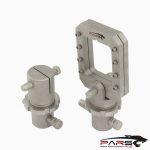
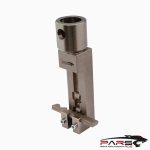
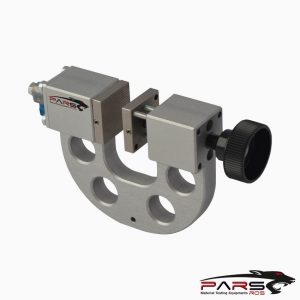
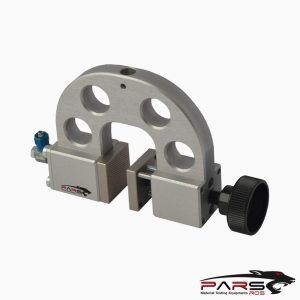
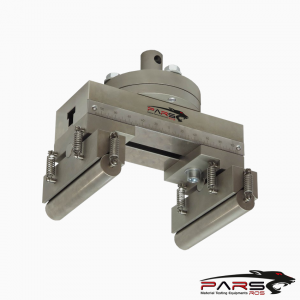
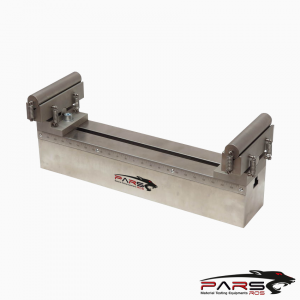
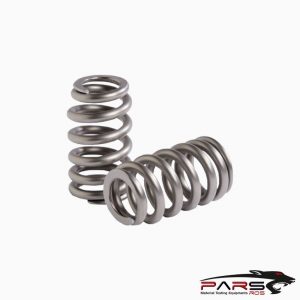
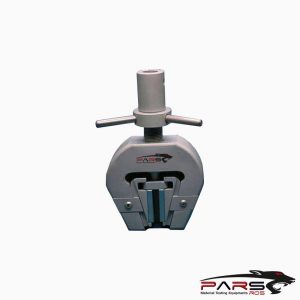
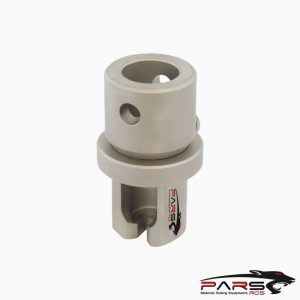
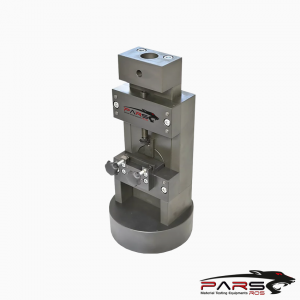
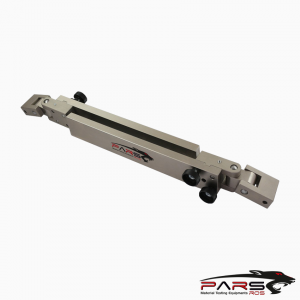
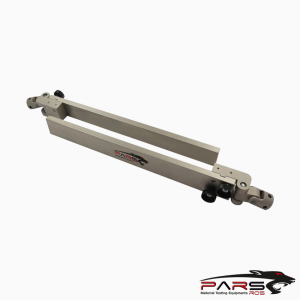
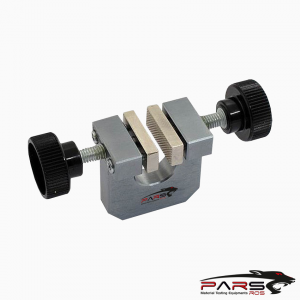
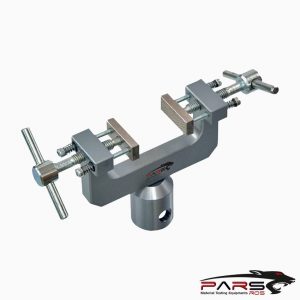
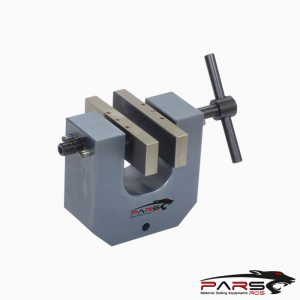
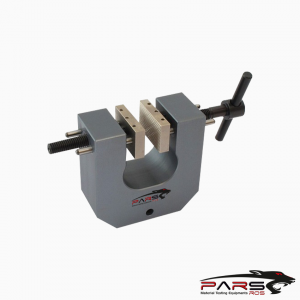
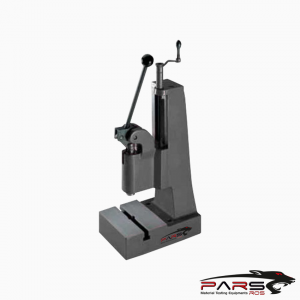
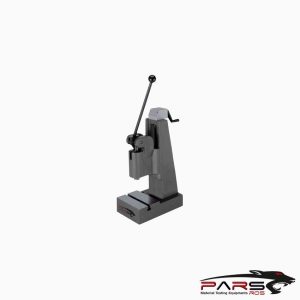
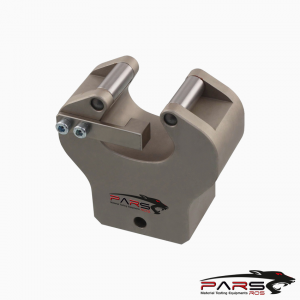
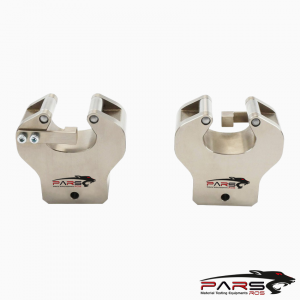
Reviews
There are no reviews yet.